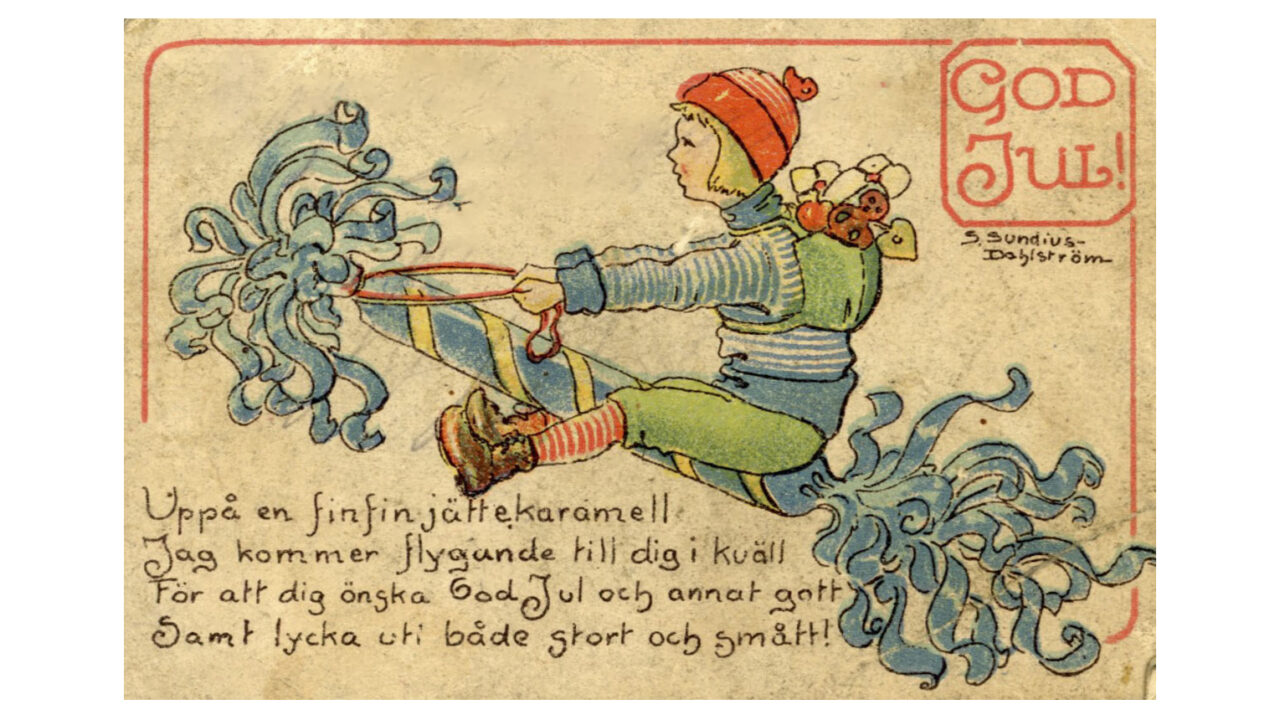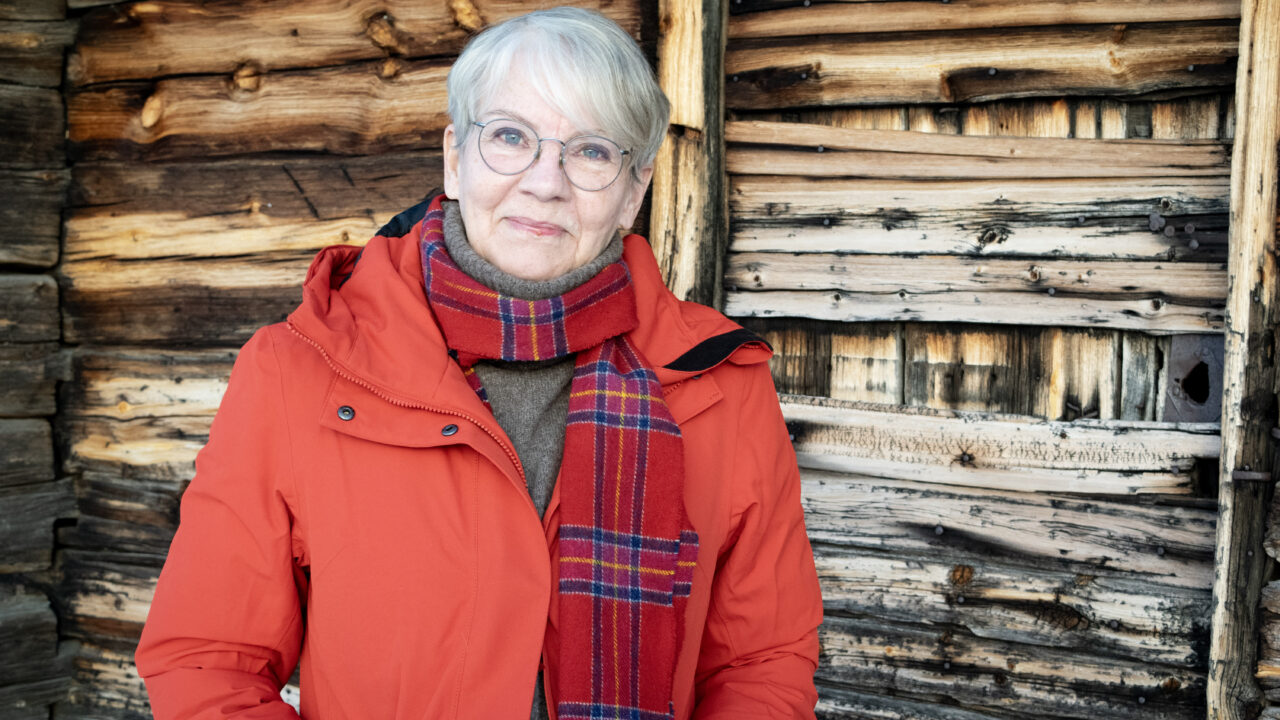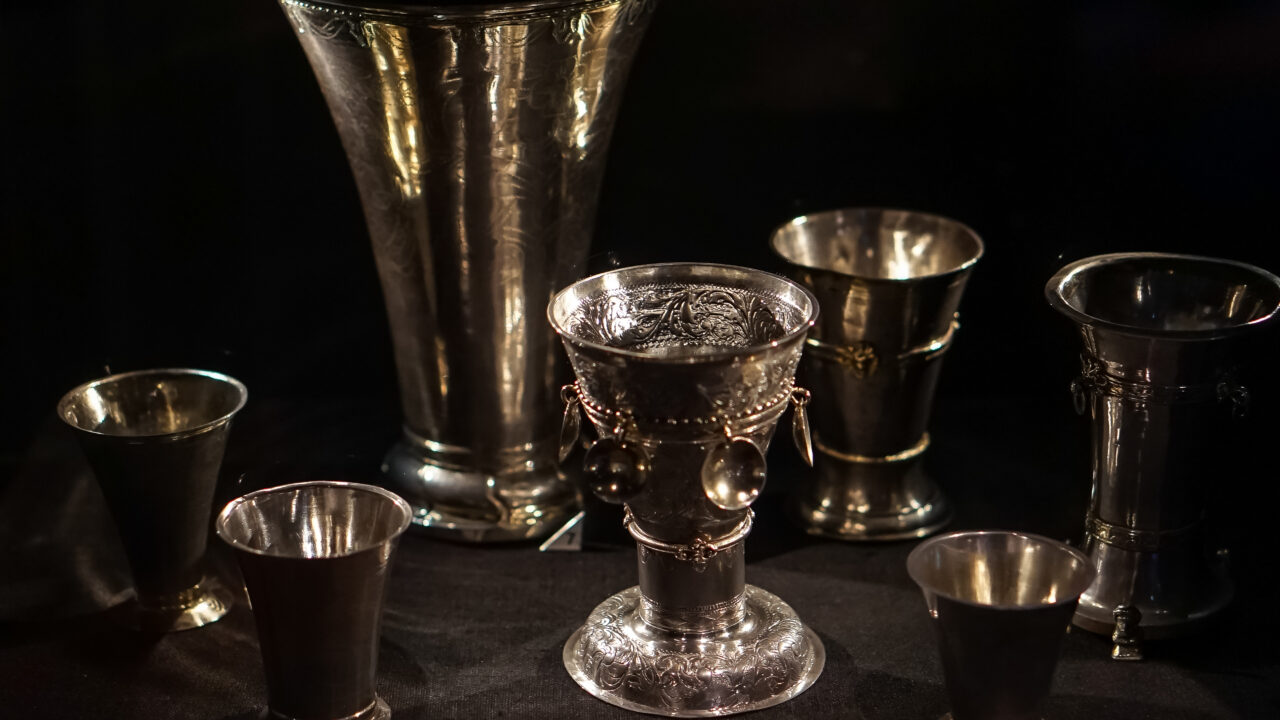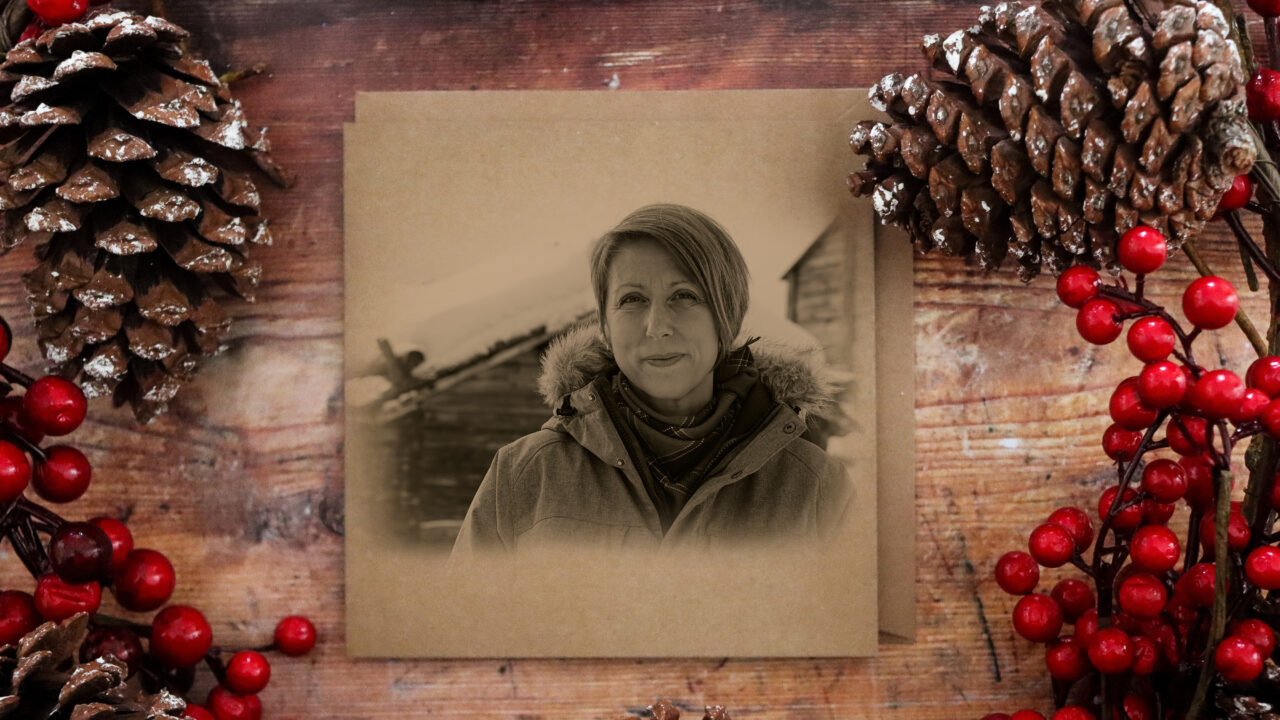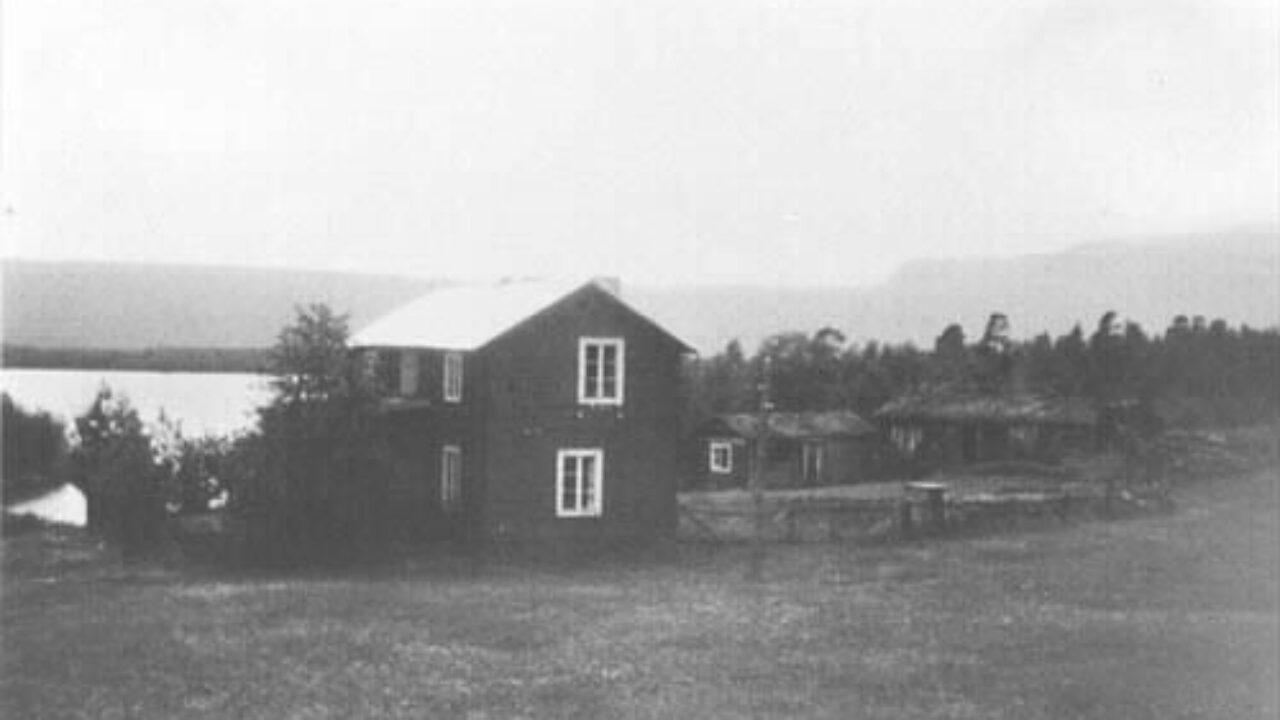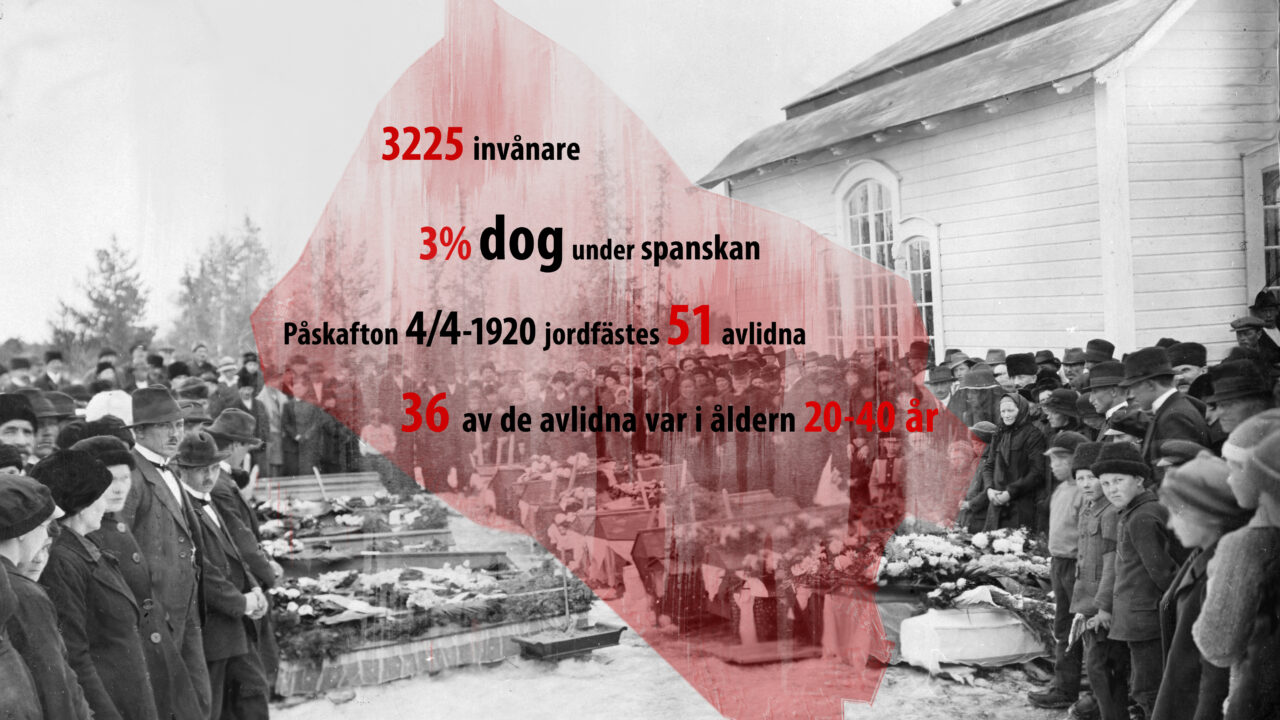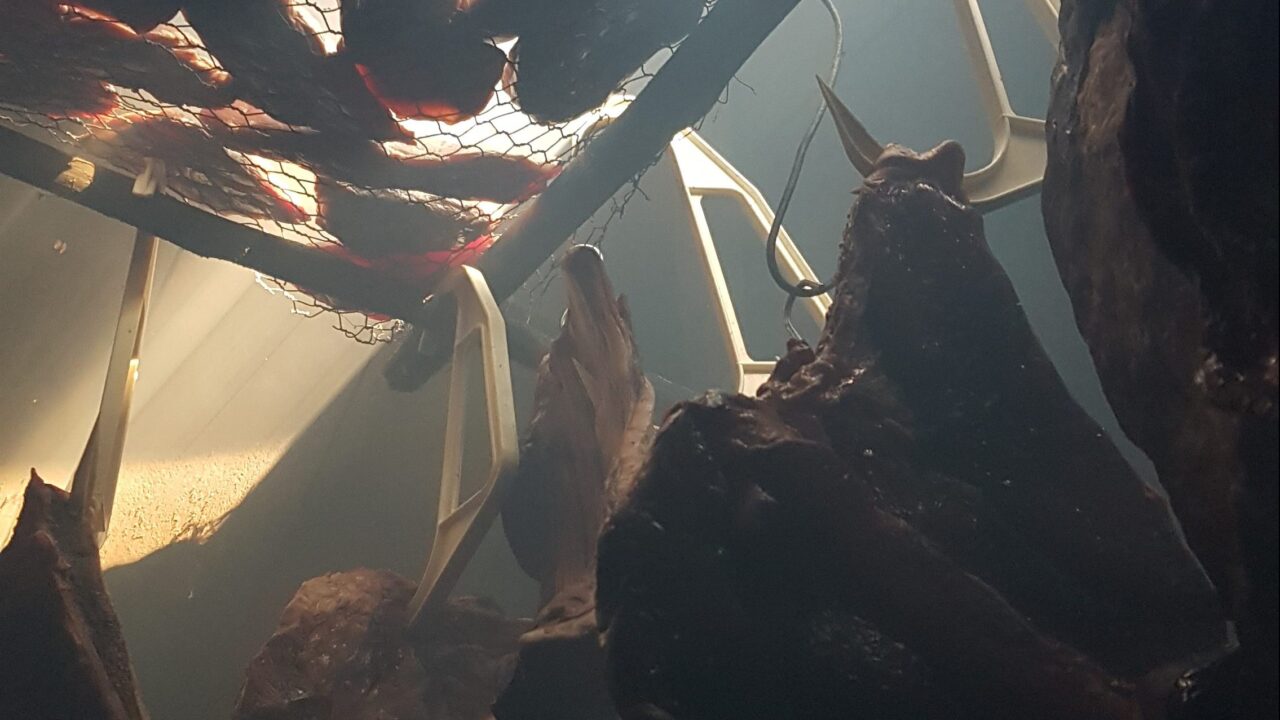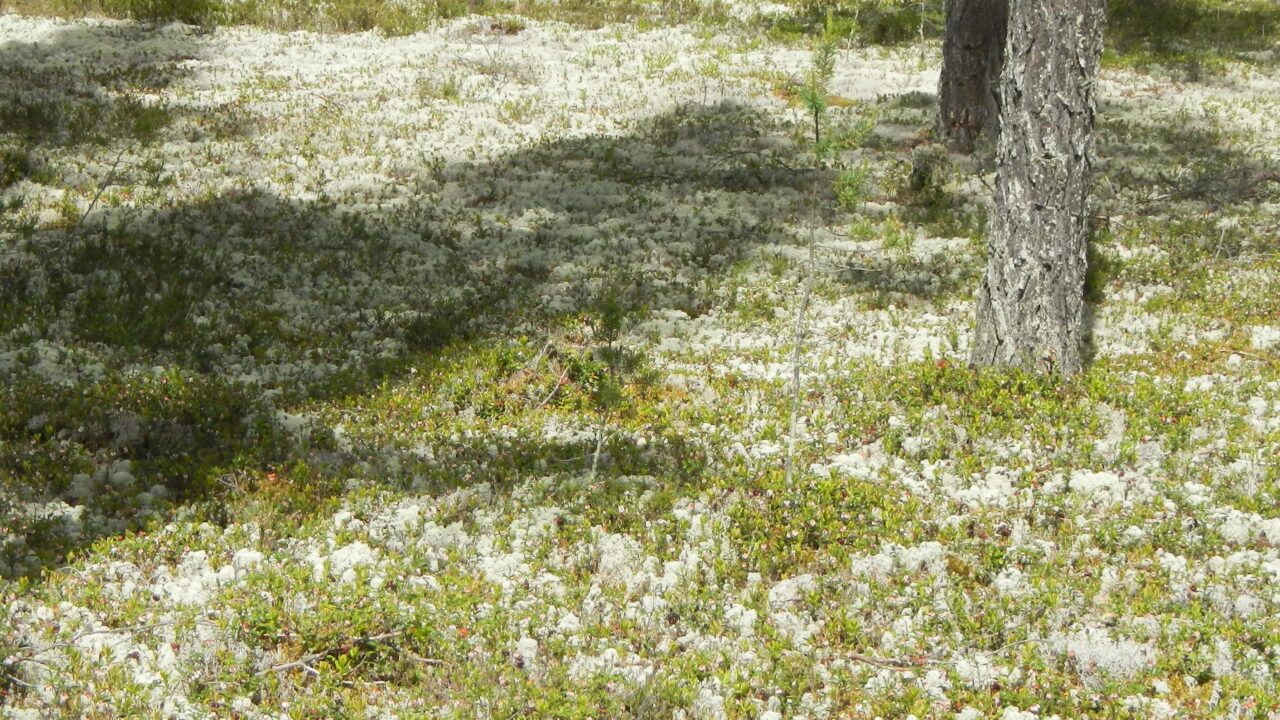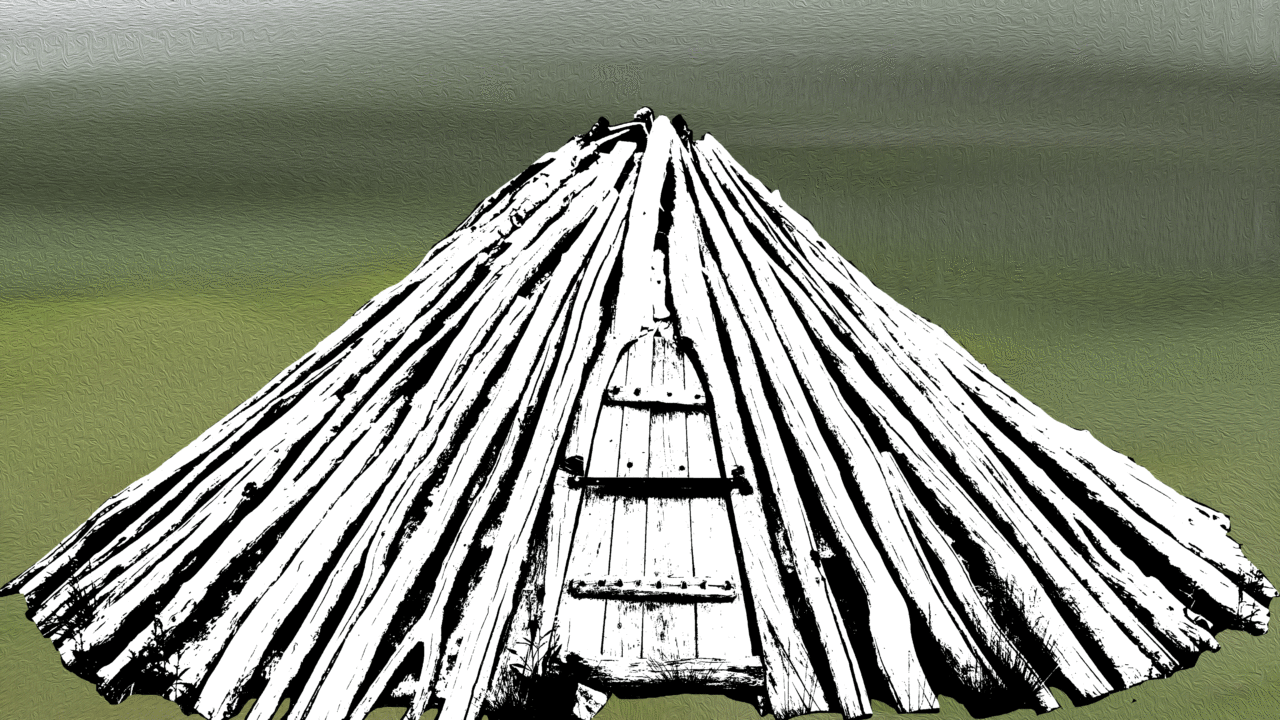Archaeology Day
What's new
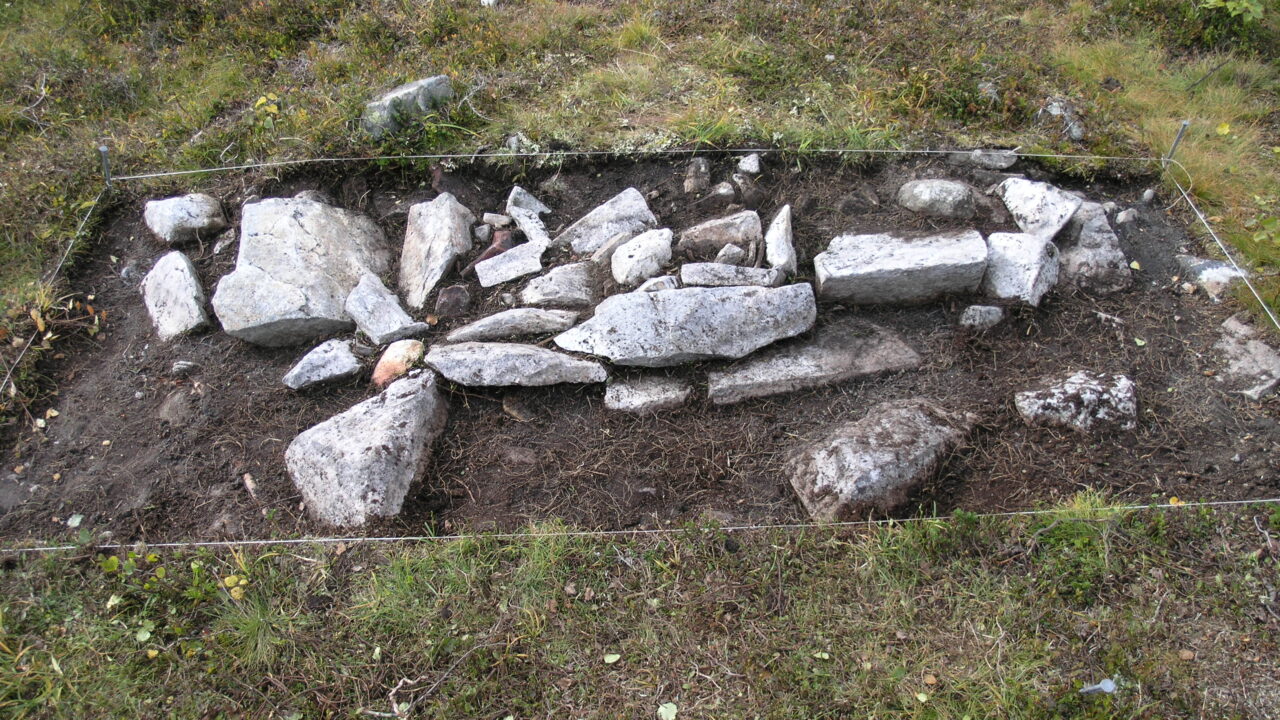
Today is Archaeology Day, and we want to take the opportunity to highlight the most common ancient remains in Norrbotten: the hearth.
For many, archaeology may be associated with excavations where coins, jewelry, arrowheads, axes or even skeletons turn up! Exciting digs with many finds - which may help rewrite history.
We're guessing that not as many people think of hearth excavations as very exciting. And of course we want to change that! Hearths can provide a lot of valuable information. Their shape, size, contents, relationship to other cultural remains and location in the landscape - all contribute to the story of past societies and ways of life.
The hearth in the picture is part of a row of five larger hearths. Five families, or five "units" belonging to the same group, had their homes here for a period. Five tent huts very close together.
The hearth is a meeting place. Under the open sky or in the shelter of a hut - for thousands of years, family members, relatives, friends, colleagues and guests have gathered around the warmth of the hearth. A place for rest and recuperation, meals, work, seriousness and laughter. That's how it used to be, and that's how it is now.
Today we hardly see these hearths, whose location gives us an insight into how society was structured at the time, and where the form and content tell us that the dwellings were used about 800-1000 years ago.
